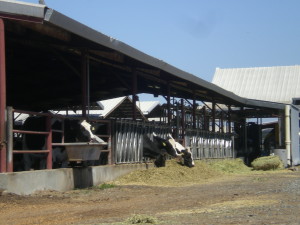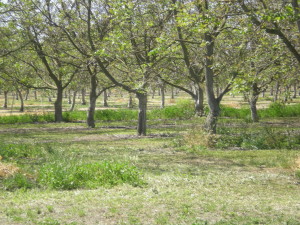 The Central San Joaquin Water Conservation District was formed on December 22, 1958 under the State of California Water Conservation District Act of 1937. The District was formed in order to receive supplemental surface water from the Bureau of Reclamation’s Folsom South Canal Project in order to address an over-drafted groundwater basin. Although a contact was signed to receive water through that Project, the Folsom South Canal was never completed to allow delivery of surface water to the District.
The Central San Joaquin Water Conservation District was formed on December 22, 1958 under the State of California Water Conservation District Act of 1937. The District was formed in order to receive supplemental surface water from the Bureau of Reclamation’s Folsom South Canal Project in order to address an over-drafted groundwater basin. Although a contact was signed to receive water through that Project, the Folsom South Canal was never completed to allow delivery of surface water to the District.
In 1981, the District was named as an area of need to be served by the Bureau of Reclamation’s New Melones Unit of the Central Valley Project. In December 1983, the District signed a water service contract with the Bureau of Reclamation for delivery of up to 80,000 acre feet of supplemental surface water. In 1994, the District first received water from the New Melones Project through the Goodwin Tunnel and Canal Project operated by the Stockton East Water District. The District issued bonds and constructed an internal distribution system to convey the supplemental surface water to District farmers. The internal distribution system conveys water to Duck Creek, Little John’s Creek, Temple Creek, and Mariposa Drain. Since 1994, the District has received supplemental surface water from New Melones for every water year except 2015.
 The District’s mission is to address an over-drafted groundwater basin by importing supplemental surface water. The importation of surface water from the New Melones Project resulted in an increase in groundwater storage and reduced pumping lift. Future issues for the District involve creation and implementation of a Groundwater Sustainability Agency and Plan and an extension of the New Melones surface water Contract.
The District’s mission is to address an over-drafted groundwater basin by importing supplemental surface water. The importation of surface water from the New Melones Project resulted in an increase in groundwater storage and reduced pumping lift. Future issues for the District involve creation and implementation of a Groundwater Sustainability Agency and Plan and an extension of the New Melones surface water Contract.